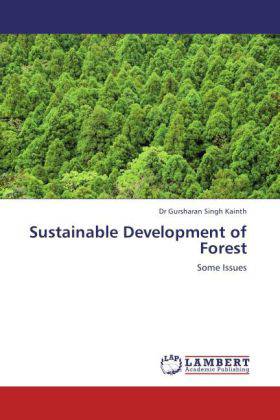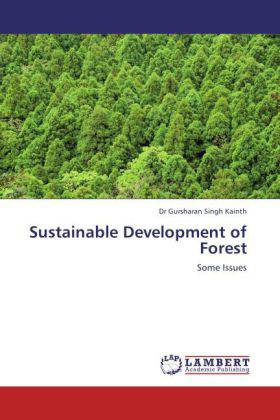
Je cadeautjes zeker op tijd in huis hebben voor de feestdagen? Kom langs in onze winkels en vind het perfecte geschenk!
- Afhalen na 1 uur in een winkel met voorraad
- Gratis thuislevering in België vanaf € 30
- Ruim aanbod met 7 miljoen producten
Je cadeautjes zeker op tijd in huis hebben voor de feestdagen? Kom langs in onze winkels en vind het perfecte geschenk!
- Afhalen na 1 uur in een winkel met voorraad
- Gratis thuislevering in België vanaf € 30
- Ruim aanbod met 7 miljoen producten
Zoeken
€ 91,45
+ 182 punten
Omschrijving
The present study presents an overview of the changing state of the forests and explores hypotheses regarding the causes of change in the forest cover and its quality. It also gives a brief overview of the economic importance of the forests and the legal and institutional framework for the forest sector in India. Forest Strategy is inadequate to cope with all the diverse demands that India faces in the sector. India needs a balance of its three policy orientations production forestry, afforestation, and protection/regeneration to have an effective forest strategy, in addition to an enabling environment that promotes research and extension and private sector participation. Support for production forestry does not imply agreement with the essential features of industrial forestry, like replacement of natural forests with monoculture. It merely implies incorporation of a production oriented approach.
Specificaties
Betrokkenen
- Auteur(s):
- Uitgeverij:
Inhoud
- Aantal bladzijden:
- 180
- Taal:
- Engels
Eigenschappen
- Productcode (EAN):
- 9783846514399
- Verschijningsdatum:
- 28/09/2011
- Uitvoering:
- Paperback
- Afmetingen:
- 152 mm x 229 mm
- Gewicht:
- 272 g

Alleen bij Standaard Boekhandel
+ 182 punten op je klantenkaart van Standaard Boekhandel
Beoordelingen
We publiceren alleen reviews die voldoen aan de voorwaarden voor reviews. Bekijk onze voorwaarden voor reviews.









